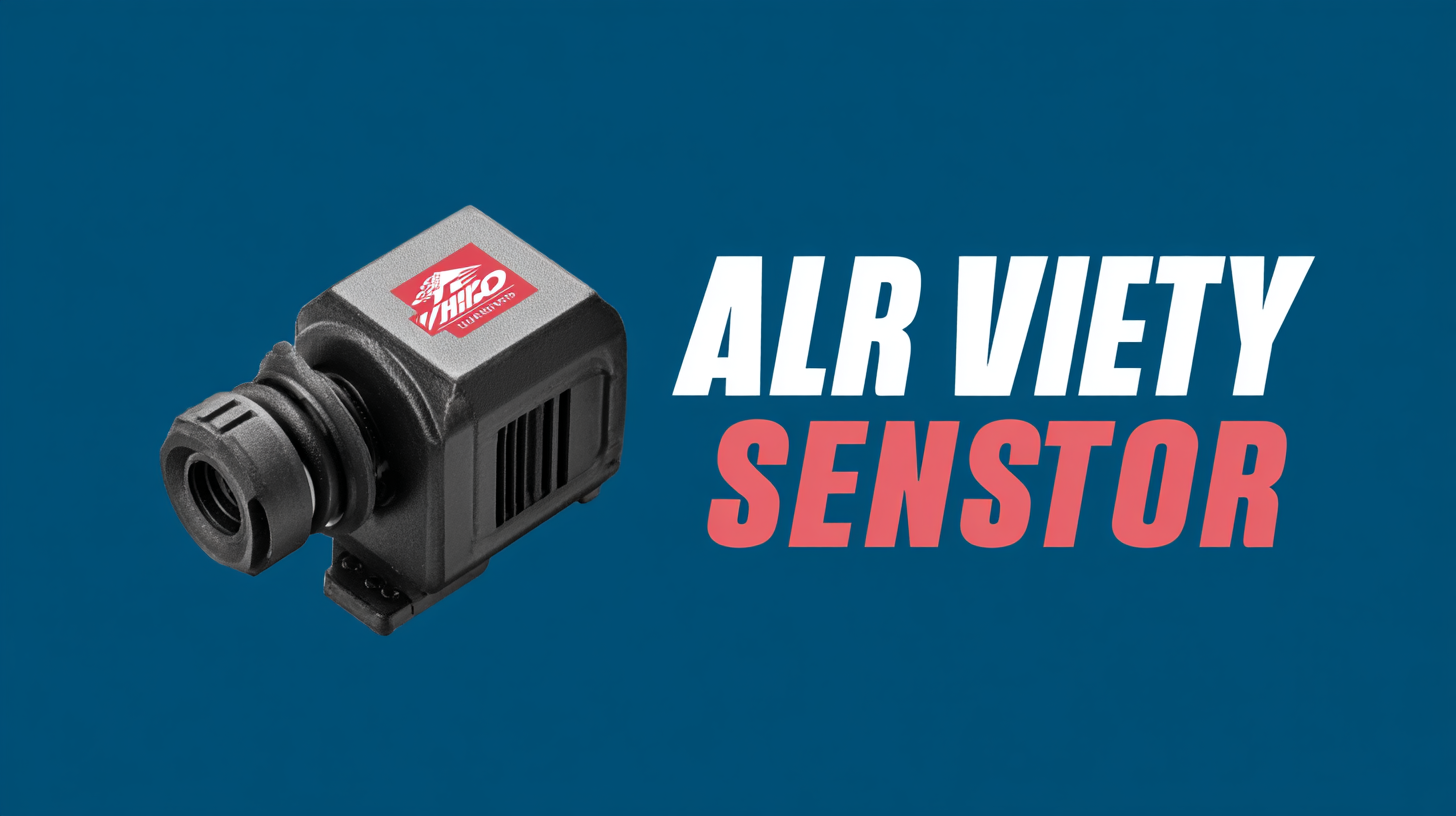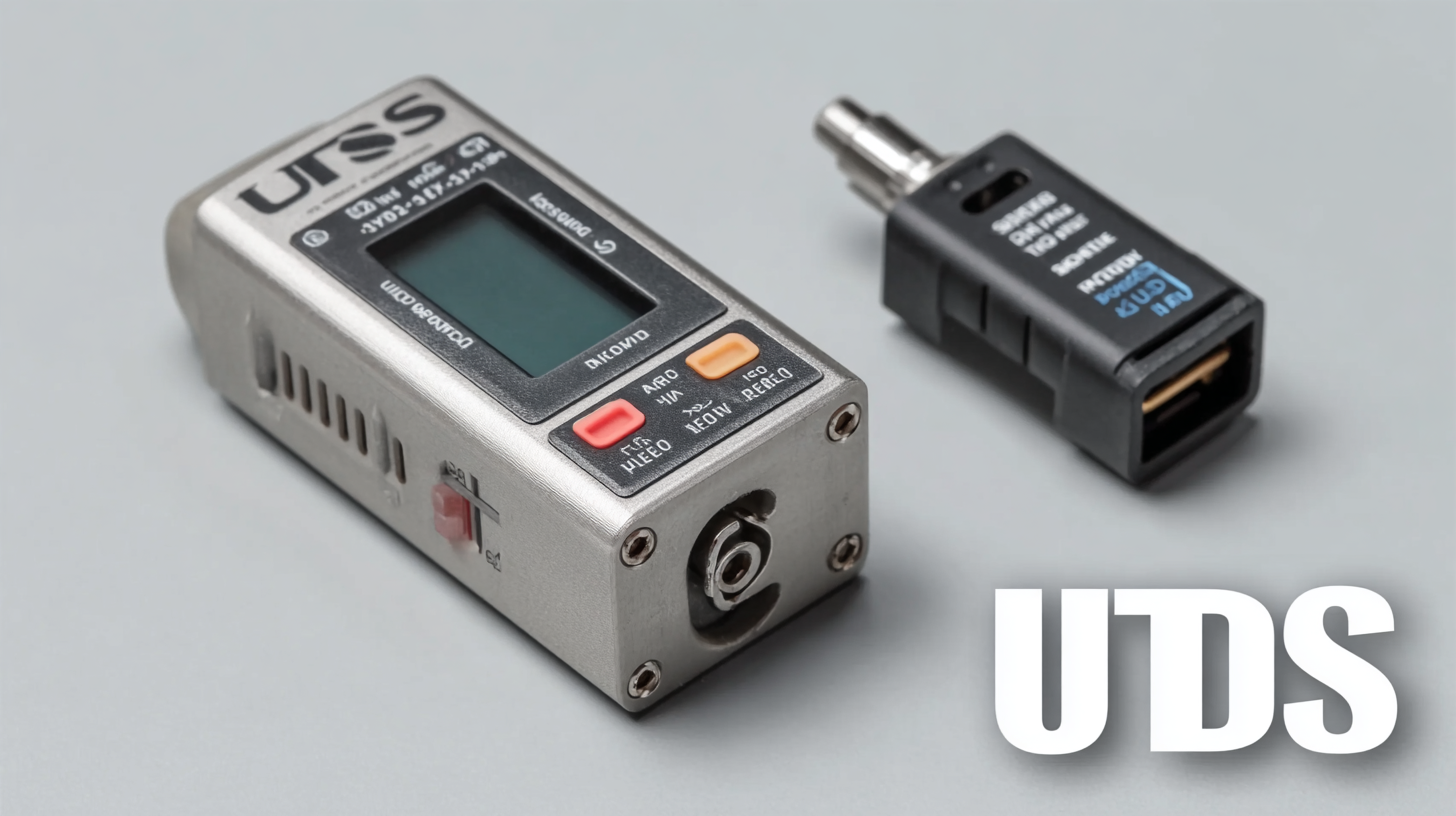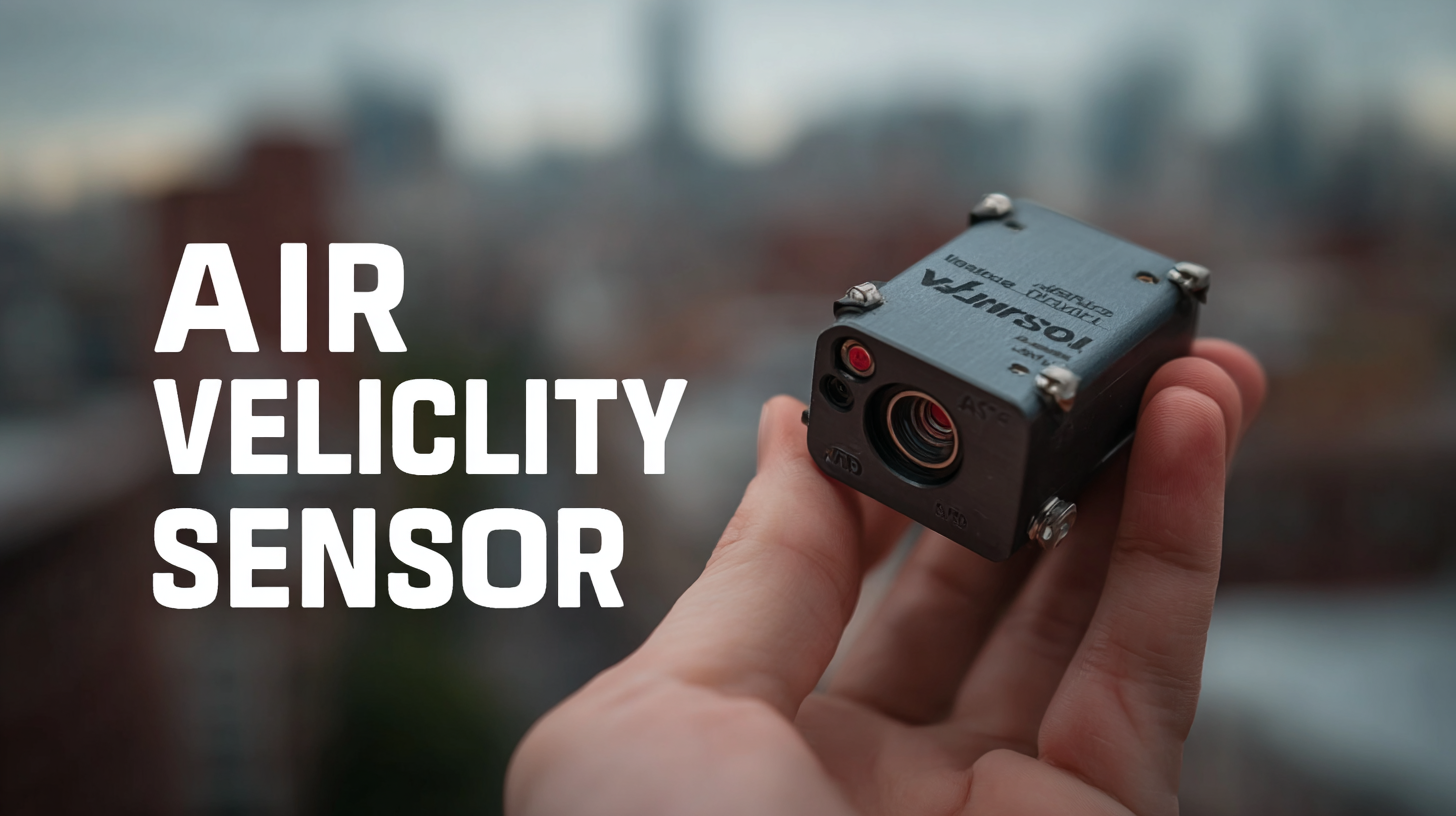
-
Home
-
Product Center
-
Application
-
Support
-
JT Cloud
-
About Us
-
Contact Us
Leave Your Message

In today's rapidly evolving industrial landscape, the importance of precise measurement and monitoring of airflow cannot be overstated. As highlighted in a recent market research report, the global air velocity sensor market is projected to reach $3.2 billion by 2026, growing at a CAGR of 8.5% from 2021. This surge is driven by increasing demand for energy-efficient and automated HVAC systems, as well as stringent regulations regarding air quality across various sectors. Selecting the right air velocity sensor is crucial for optimizing performance and ensuring compliance. With China emerging as a leader in manufacturing high-quality sensors, understanding the key features, applications, and technology behind air velocity sensors becomes essential for organizations striving to enhance operational efficiency and maintain product excellence in an increasingly competitive environment.

 Air velocity sensors play a crucial role in various industries, from HVAC systems to environmental monitoring, by measuring the speed of air flow. Understanding the different types of air velocity sensors is essential for selecting the right one for your specific application. The most common types include thermal, pitot tube, and anemometers. Thermal sensors use heat transfer principles to measure air flow, making them suitable for low-velocity applications. Pitot tubes, on the other hand, are ideal for measuring air velocity in larger ducts and high-speed environments due to their ability to detect differential pressure.
Air velocity sensors play a crucial role in various industries, from HVAC systems to environmental monitoring, by measuring the speed of air flow. Understanding the different types of air velocity sensors is essential for selecting the right one for your specific application. The most common types include thermal, pitot tube, and anemometers. Thermal sensors use heat transfer principles to measure air flow, making them suitable for low-velocity applications. Pitot tubes, on the other hand, are ideal for measuring air velocity in larger ducts and high-speed environments due to their ability to detect differential pressure.
Applications for air velocity sensors are diverse and often reflect the unique requirements of industry sectors. In HVAC systems, they ensure efficient air distribution, enhance indoor air quality, and monitor energy consumption. In environmental settings, air velocity sensors can help track air pollutants, assess ventilation efficiency, and support climate studies. Selecting the right type of sensor involves considering factors such as the measurement range, accuracy, and environmental conditions to ensure reliable data collection. Understanding these aspects will empower users to make informed decisions tailored to their needs.
When selecting the best air velocity sensor for your needs, it’s essential to consider key features that will impact both accuracy and reliability. One primary aspect is the sensor type, such as hot-wire anemometers, which are known for their sensitivity and capability to measure a wide range of airflow velocities. Recent developments in hot-wire sensors have indicated that the choice of filament diameter plays a crucial role in their performance, affecting static and dynamic parameter measurements. By understanding these characteristics, users can make informed decisions that optimize their specific application requirements.
Additionally, flexible microelectromechanical system (MEMS) thermal flow sensors are gaining traction in the industry due to their high sensitivity and wide measurement range. These sensors leverage thermal loss mechanisms, which can provide real-time data crucial for applications like indoor air quality monitoring. With the increasing emphasis on real-time air quality assessment, selecting sensors that can quantify indoor air pollution dynamically is essential for maintaining healthy environments. Innovations in this field, including advanced signal processing techniques and machine learning models, further enhance the precision of airflow field reconstruction, enabling comprehensive indoor environment control.
As we approach Industry 2025, technological advancements are set to significantly influence air velocity measurement. A recent report by MarketsandMarkets highlights that the global air velocity sensor market is projected to reach $1.3 billion by 2025, reflecting a compound annual growth rate (CAGR) of 6.8% from 2020. This growth is driven by increasing demand for precise air quality monitoring in industrial and commercial settings, alongside stringent regulatory requirements regarding environmental conditions.

Key trends expected to shape this market include the rise of smart sensors equipped with IoT capabilities. According to a study by ResearchAndMarkets, nearly 70% of air velocity sensors will be networked by 2025, improving real-time data collection and analysis. This integration allows for enhanced predictive maintenance and operational efficiency, fostering smarter facility management.
Furthermore, advancements in materials and fabrication technologies are leading to the development of more compact and reliable sensors, which can operate effectively in a variety of challenging environments, such as HVAC systems and clean rooms.
When selecting the right air velocity sensor for your specific needs, it's crucial to consider various factors that can influence performance and accuracy. First, determine the application for which you'll be using the sensor, whether it’s HVAC, industrial ventilation, or air quality monitoring. Different applications may require specific sensor types, and understanding this can save time and ensure optimal functionality.
**Tips:** Always consider the sensor's measurement range and accuracy. Ensure it matches the requirements of your environment, whether you’re measuring low air speeds in a residential setting or higher velocities in an industrial scenario. Additionally, assess the installation location; sensors can be sensitive to ambient conditions and placement can significantly affect readings.
Another important aspect is the sensor's compatibility with your existing systems. Look for models that offer easy integration with data loggers or control systems, enhancing usability and allowing for comprehensive data analysis. Selecting a compatible sensor not only simplifies installation but also improves data reliability and efficiency.
| Sensor Type | Measurement Range | Accuracy | Output Type | Application |
|---|---|---|---|---|
| Hot Wire Anemometer | 0.1 to 20 m/s | ±3% | Analog & Digital | HVAC Systems |
| Vane Anemometer | 0.4 to 30 m/s | ±2% | Analog | Industrial Ventilation |
| Pitot Tube | 1 to 100 m/s | ±5% | Analog | Aerodynamics Testing |
| Thermal Anemometer | 0.1 to 10 m/s | ±4% | Digital | Laboratory Research |
| Laser Doppler Anemometer | 0.01 to 100 m/s | ±1% | Digital | Fluid Dynamics |
Maintaining and calibrating your air velocity sensor is crucial for ensuring optimal performance and accuracy in your environment monitoring. Regular maintenance not only prolongs the lifespan of the sensor but also guarantees that the data being collected is reliable. It is important to clean the sensor regularly, as dust and debris can significantly impact its performance. Use appropriate cleaning solutions and avoid abrasive materials to prevent any damage to the delicate components.
Calibration should be performed at least once a year or whenever the sensor is moved or exposed to extreme environmental changes. An effective calibration process involves using a reference sensor to compare readings and make necessary adjustments. Document each calibration session, noting any changes in performance, to maintain a clear record. Always follow the manufacturer’s instructions as different sensors may have specific calibration requirements.
Tip: Invest in a high-quality calibration kit tailored to your specific air velocity sensor to facilitate accurate and efficient calibrations. Additionally, monitor the sensor's performance post-calibration for a few days to ensure it is operating within the desired range. Regular checks can help catch any discrepancies early, allowing for timely corrections.